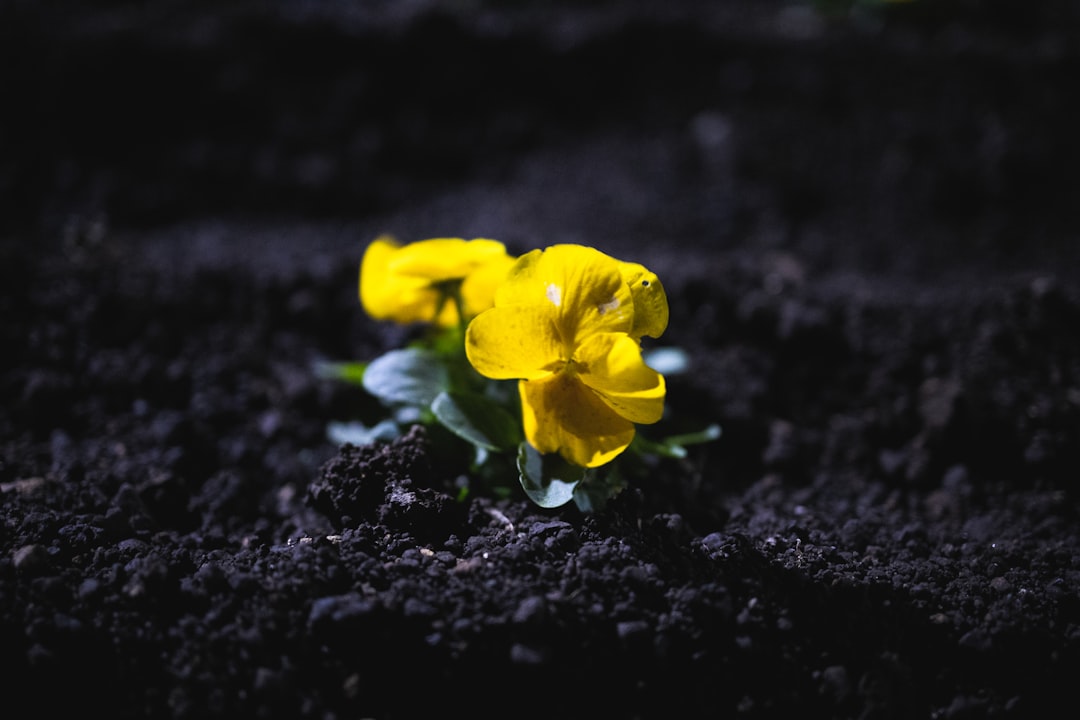Unveiling the Wonders of Sourwood: A Year - Round Gardening Delight

When it comes to gardening, there are countless plants to choose from, but few offer the year - round allure that the sourwood tree does. This native tree is a hidden gem in the world of horticulture, and with the right knowledge, you can successfully grow and care for it in your own garden.
First, let's understand what makes the sourwood so special. Throughout the year, it showcases a variety of features that are sure to captivate any gardener. In the spring, the sourwood bursts into life with delicate, bell - shaped white flowers that hang in clusters. These flowers not only add a touch of elegance to the tree but also attract pollinators such as bees and butterflies, which are essential for a healthy garden ecosystem.
As summer progresses, the green foliage of the sourwood provides a cool and refreshing canopy. The leaves are simple, lance - shaped, and have a glossy texture that gives the tree a vibrant appearance. They also emit a pleasant, sweet fragrance when crushed, adding another sensory dimension to your garden experience.
Come fall, the sourwood truly steals the show. Its leaves transform into a spectacular display of colors, ranging from bright orange and red to deep purple. It is one of the first trees to change color in the autumn, making it a focal point in any landscape. The fall foliage can last for several weeks, providing a long - lasting and visually stunning show.
Even in winter, the sourwood doesn't lose its charm. The tree's smooth, gray bark and its interesting branching structure create an architectural element in the garden. It stands tall and proud, adding a sense of stability and beauty to the otherwise dormant winter landscape.
Now, let's delve into the essential aspects of planting a sourwood tree. The first step is to choose the right location. Sourwood trees prefer well - drained, acidic soil. They thrive in areas with partial shade to full sun, although they can tolerate some shade, especially in hotter climates. When selecting a spot, make sure it has enough space for the tree to grow. Sourwood trees can reach heights of 20 to 30 feet and have a spread of 15 to 25 feet, so avoid planting them too close to buildings or other large plants.
Before planting, prepare the soil by loosening it to a depth of about 12 to 18 inches. You can also add organic matter such as compost or peat moss to improve the soil's fertility and drainage. When placing the tree in the hole, make sure the root ball is level with the surrounding soil. Backfill the hole with soil, gently tamping it down to remove any air pockets. Water the tree thoroughly after planting to help settle the soil around the roots.
Pruning is another important aspect of sourwood tree care. Pruning should be done in late winter or early spring while the tree is still dormant. The main goal of pruning is to remove any dead, damaged, or diseased branches. You can also shape the tree by removing any crossing or rubbing branches. However, be careful not to over - prune, as sourwood trees have a natural, elegant shape that should be preserved as much as possible.
Proper watering is crucial for the health of a sourwood tree. During the first year after planting, water the tree regularly to keep the soil moist but not waterlogged. Once the tree is established, it is relatively drought - tolerant, but it still benefits from occasional deep watering during dry spells. Mulching around the base of the tree can help retain moisture in the soil and also suppress weed growth.
Fertilizing a sourwood tree is also necessary to ensure its optimal growth. You can use a slow - release, acid - loving fertilizer in the spring. Follow the manufacturer's instructions for the correct application rate. Avoid over - fertilizing, as this can lead to excessive growth and may make the tree more susceptible to pests and diseases.
Like any plant, sourwood trees can be affected by pests and diseases. Common pests include aphids, scale insects, and spider mites. You can control these pests by using insecticidal soaps or horticultural oils. Diseases such as leaf spot and powdery mildew can also occur, especially in humid conditions. To prevent these diseases, make sure the tree has good air circulation and avoid overhead watering.
In conclusion, growing a sourwood tree is a rewarding experience that offers year - round interest in your garden. By following these planting, pruning, and care tips, you can enjoy the beauty and charm of this native tree for many years to come.